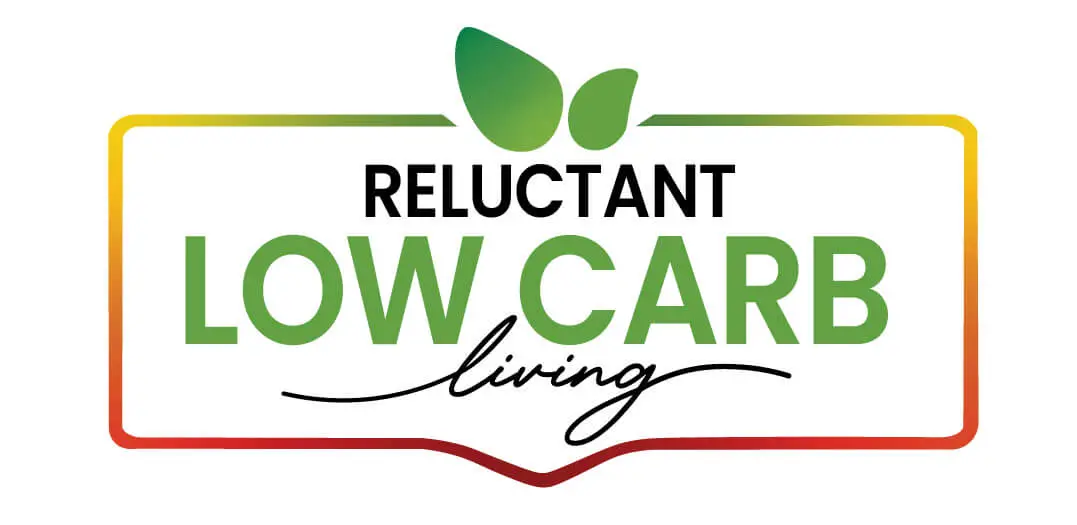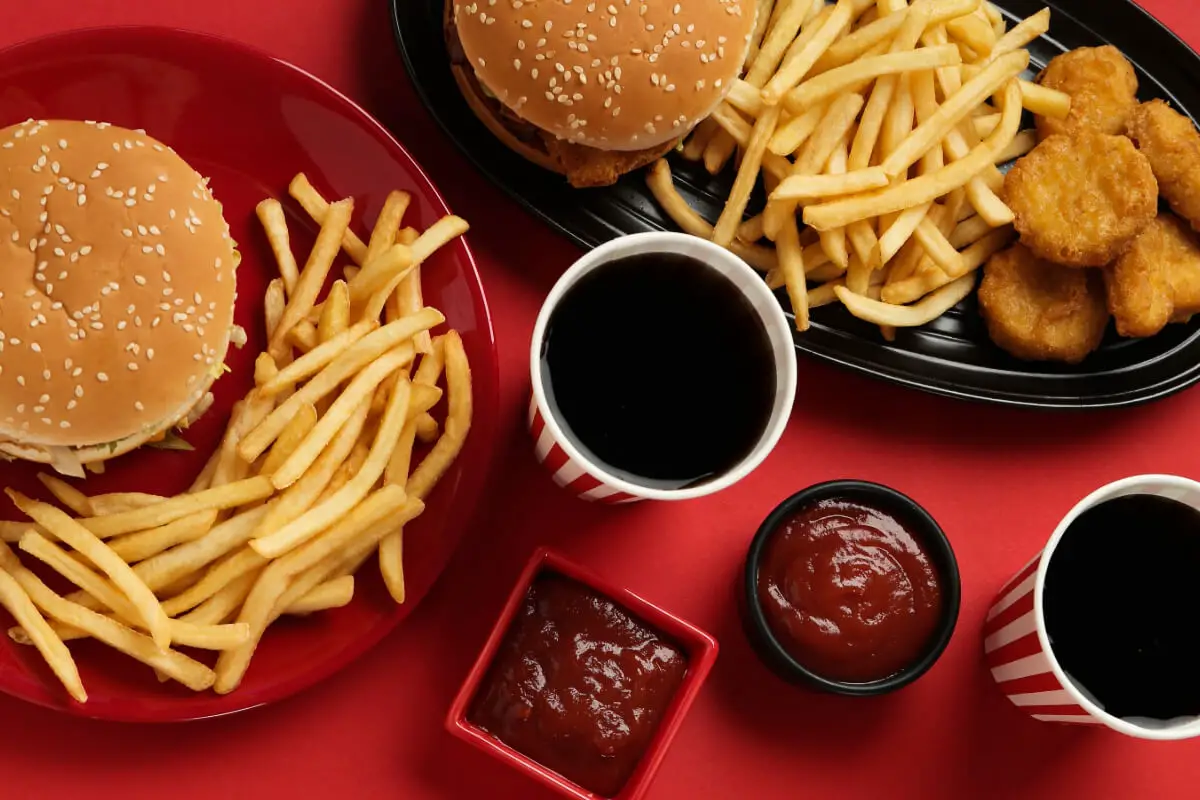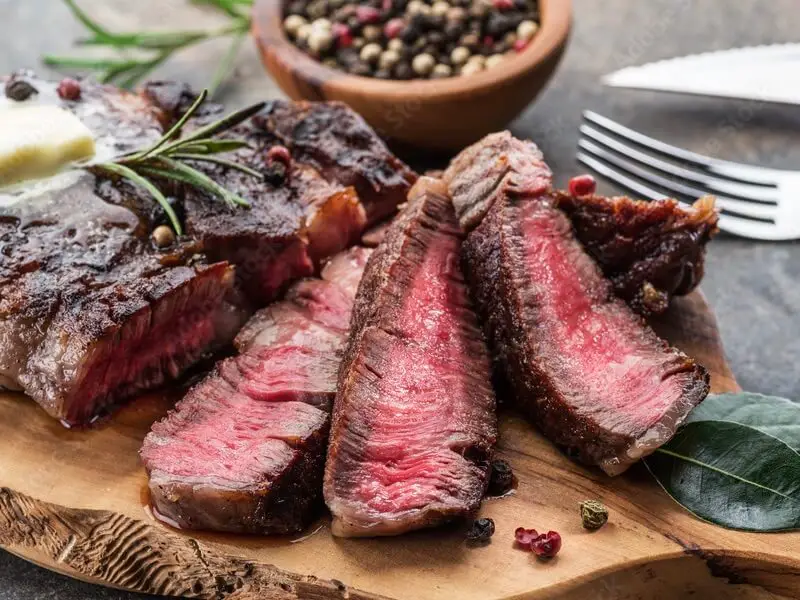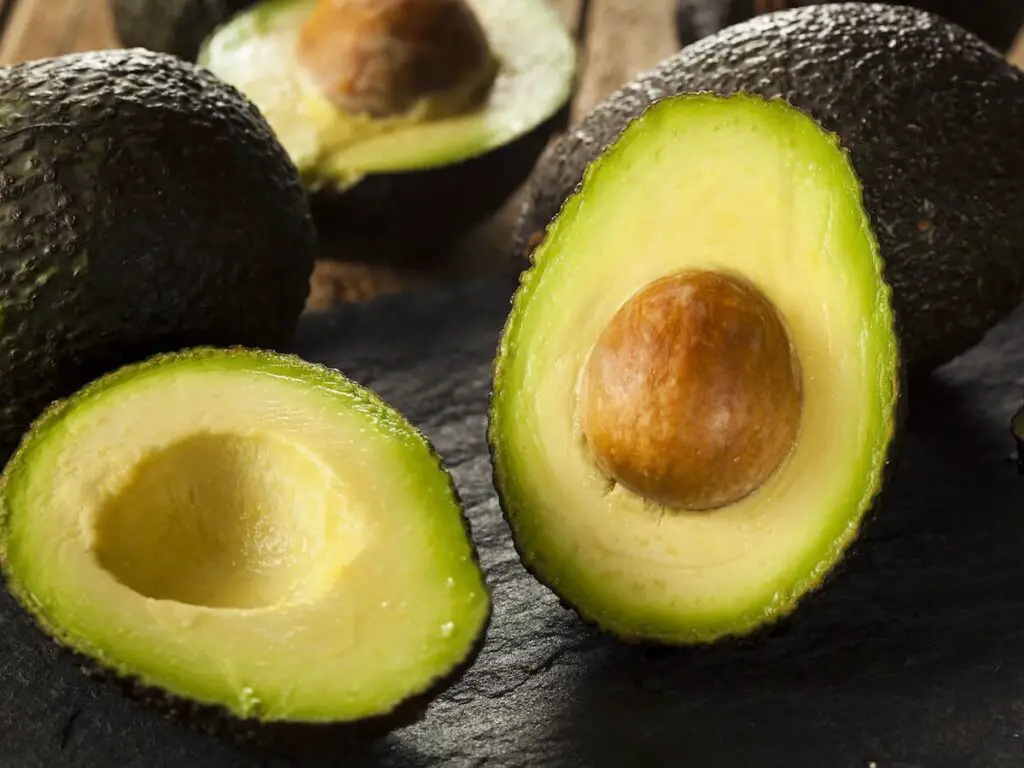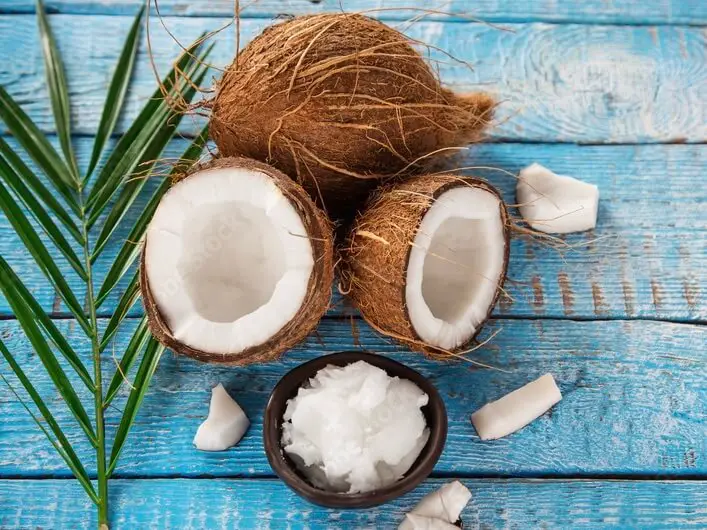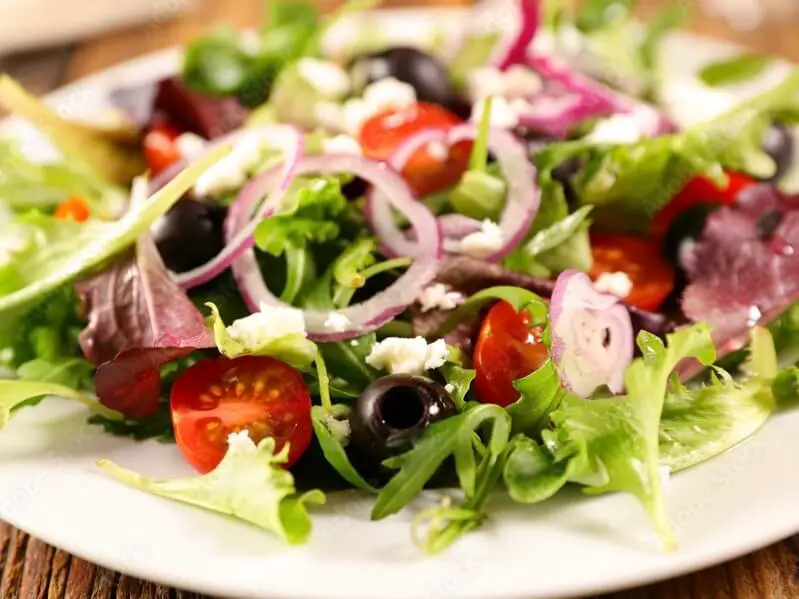The term ‘fast food’ often conjures images of convenient, indulgent, and tasty meals served in minutes to accommodate our fast-paced lives. Yet beneath the surface of these seemingly innocuous culinary delights lies a complex fabrication of ultra-processed ingredients. In an age where “quick and easy” is frequently king, the prevalence of such foods in our diets beckons a closer examination.
Ultra-processed fast foods are not merely a matter of instant gratification; they are an emblem of a dietary shift that prioritizes processing and palatability over nutritional integrity. This blog peels back the layers of fast food’s speedy allure to reveal what truly lies within these meals and how they differ, essentially and nutritionally, from whole or minimally processed foods.
Table of Contents
- Defining Ultra-Processed Foods
- Health Impacts of Ultra-Processed Fast Food
- Psychological and Socioeconomic Factors
- Navigating Fast Food in a Health-Conscious Era
- Related Question
Defining Ultra-Processed Foods
Picture this: You’re strolling down the grocery store aisles, basket in hand, ready to pick up some munchies for your next Netflix binge. But wait! Before you reach for that colorful package promising heavenly snacks, let’s chat about what’s going on inside those ultra-processed foods that seem everywhere lately.
So, what’s the scoop on these ultra-processed products that are getting all the buzz? And why should you care? Let’s break it down, shall we?
Ultra-processed foods are like the divas of the food world. They’re heavily altered from their original form, not in a good way. Think of it as foods with a significant makeover, with stuff added in that you wouldn’t usually cook with at home.
They’re loaded with ingredients that sound like they belong in a science experiment, not your dinner. We’re talking sweeteners, oils, fats, salt, anti-caking agents, preservatives, artificial colors, and flavors.
But here’s the kicker—it’s not just about what’s added; it’s also about what’s missing. When foods undergo this high level of processing, they lose something special—the natural goodness of whole foods. All those wholesome nutrients can get zapped away, leaving behind more chemistry than a culinary snack.
What are some classic examples of ultra-processed foods? You’ve got your sugary soft drinks, snack cakes with that cream filling, crispy chips in a tube, and even some ready-made meals frozen in time, waiting for their microwave moment. If there’s a long list of ingredients, many of which are hard to pronounce, chances are you’ve got an ultra-processed treat on your hands.
Why should you care? First impressions matter, and that’s true for food, too. Ultra-processed foods might look appealing, but they’re often low in nutrients and high in calories, leading to some not-so-chic health concerns.
By staying in the know, you can make choices that are better for your body and impeccable style. So, next time you’re out shopping for food, take a moment to peek at those labels. Go for foods that keep it real—your body and followers will thank you.
Stay fabulous and eat wisely, darlings!
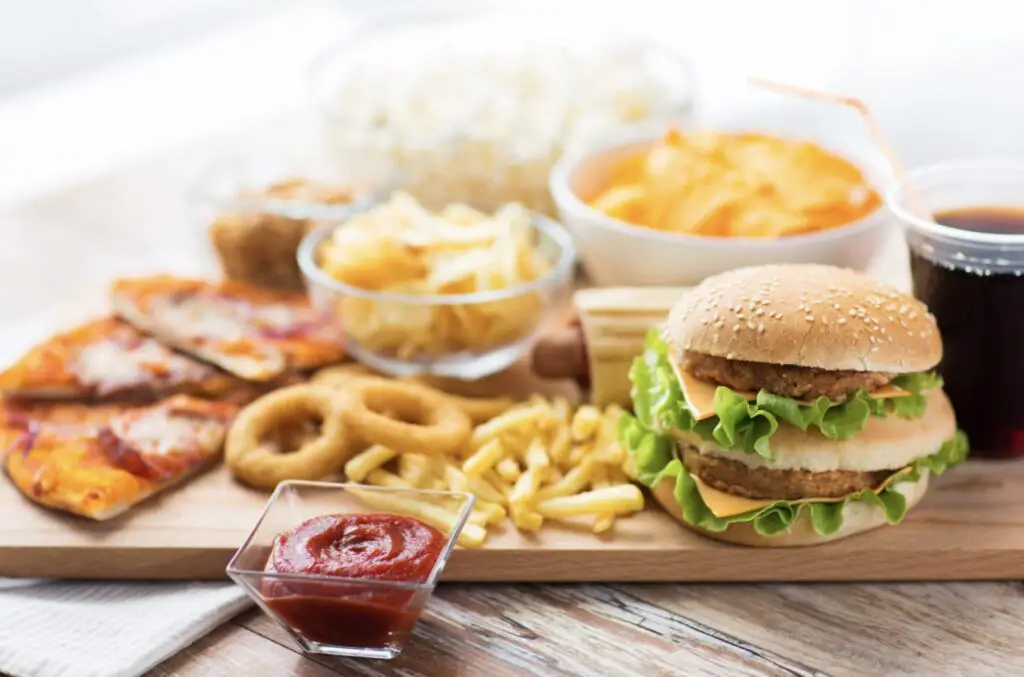
Health Impacts of Ultra-Processed Fast Food
The Hidden Expense of Fast Food Fixes
So, you’re standing in the snack aisle, or maybe you’ve just swung through the drive-thru of your go-to fast food joint. Sure, it’s quick and easy – and let’s face it, pretty delicious at the moment. But have you ever paused to consider the less-than-obvious price tag dangling from that seemingly harmless grab-and-go meal? We’re not talking cash but downright focused on health costs here.
Now, don’t get it twisted – we’ve all been there, craving something quick when hunger strikes unexpectedly. But it pays to be savvy about what that convenience could cost us.
Your Body on Fast Food: Unpacking the Nutritional Void
When chowing down on a burger or munching those extra salty fries, the body gets more than just a calorie influx. Often, these quick bites lack essential vitamins and minerals. Think of it like this: You wouldn’t put subpar fuel into a luxury car, right? So why opt for anything less than premium regarding your body?
Metabolic Mishaps: The Speed Bump on the Road to Well-being
Here’s the thing—the body is sort of like a complex, beautiful engine. Ultra-processed foods are like throwing a wrench in the works. Consuming these too often can lead to metabolic issues like obesity, type 2 diabetes, and heart disease. Yikes! It’s like taking a detour on the highway of health – and not the scenic route, either.
Mind the Mood: Diet’s Direct Dial to Your Feels
Ever notice mood swings after chowing down on a less-than-stellar meal? That could be your diet speaking—loudly. It turns out that those quick eats may be quick to mess with energy levels and emotions. Who knew that what’s on the end of your fork could be as influential on your mood as the latest viral TikTok dance?
Long-term Ledger: When the Bill Comes Due
Think about this as the check that hits the table after a fancy five-course meal – and it’s steep. Regularly opting for convenience foods could have long-term implications for health, leading to chronic conditions that don’t just cramp your style but can also shorten that sought-after lifespan. Seriously, longevity looks way better than a fleeting feast of fast food!
So, the next time your tummy rumbles, and the siren song of fast food tempts you, maybe pause and ponder—is it worth the health expense? Sure, it’s all about balance, and nobody’s saying never to indulge. Maybe remember the true cost of these quick bites when you can. Your body—and future self—will thank you for it. Keep it as chic and healthy as your wardrobe, and you’ll be set to thrive in life’s fast lane!

Psychological and Socioeconomic Factors
The allure of the golden arches, the sizzle of a burger on the grill, the intoxicating smell of fries fresh out of the fryer—all these sensory experiences make fast food a siren song that’s hard to ignore. Let’s admit it; despite knowing what we should eat, there’s something about fast food that’s just… tempting.
Fast food’s charm lies in its convenience, speed, and clever psychological play at work. In today’s breakneck world, who doesn’t want their meal quick and without the hassle of pots and pans? It’s all about that instant gratification. Plus, the bite-sized price tags give this guilty pleasure its irresistible sparkle—after all, why dent the bank account when you can save time and money?
But let’s peel back the wrapper and see what’s inside. Fast food teases our taste buds with a mouthwatering salt, sugar, and fat blend. This trifecta dances on our taste buds in a way that nature’s fare barely can. It’s designed to hit all the right notes, creating a taste that lingers and a craving that returns. And don’t even get us started on how those mega-sized portions play into our inner child’s ‘more is more’ philosophy.
Yet, it isn’t just our taste buds getting the royal treatment; it’s also the dopamine rush our brains receive. That’s right, dopamine—the feel-good neurotransmitter that rewards us for hearty meals. Imagine the brain like an eager social media user—each fast-food meal is a like, share, and follow that has it buzzing with happiness. This cycle is as addictive as refreshing your feed; it’s hard to put down and even harder to forget.
The visual appeal of fast food is nothing to sneeze at either. Picture-perfect burgers, gleaming chicken nuggets, and fries that could only be described as #glowup worthy. Its food is designed to be shared—not just on your table but across social platforms—and adds a sprinkle of lifestyle envy to every meal. We can’t help but crave the food and the lifestyle it sells us—an effortless, carefree, and vibrant life in every bite.
The social aspect of fast food also cannot be underestimated. Eating has always been communal, and fast food joints understand this. They create spaces that are not just about eating; they are about mingling, about being seen in the right place at the right time. They craft an image of normalcy and belonging around consuming their products, targeting our deeply rooted desire for social validation.
Despite the appeal, we must remember that fast food should be more of an occasional cameo than the central star. Fast food seduces, but genuinely satisfying nourishment comes from lovingly prepared meals, rich in nutrients and kind to our bodies. Ultimately, recognizing the temptress for what she is—a fleeting indulgence—helps us make conscious choices that honor our health and palate.
So, the next time that craving hits remember that fast food fix is a more temporary shimmer than sustaining substance. It’s not about denying the temptation; it’s about knowing when to indulge and invest in meals that fuel us far beyond the fleeting allure of convenience. Balance, after all, is the actual spice of life.

Navigating Fast Food in a Health-Conscious Era
In the next chapter of our foodie adventures, let’s explore the vision shaping the fast-food frontier in our collective quest for a healthier lifestyle. As savvy consumers, we demand more from these quick-service spots than a mere race against the clock. The fast-food industry is on the brink of a transformation, and we’re leading the charge for change.
With the spotlight on wellness, the fast-food scene is stepping up. Future menus could dazzle us with nutrient-dense recipes, swapping out old-school fries and burgers for quinoa bowls and plant-based delights. Imagine biting into a lentil patty that rivals the best beef burger in town but with none of the guilt!
Transparency is set to become the hottest trend, no longer a bonus but a must-have. Given the power of social media to influence, expect to see chains flaunt their farm-to-counter journeys, spotlight local producers, and highlight ingredient origins. Who wouldn’t double-tap a freshly harvested salad that’s as photogenic and nutritious?
The digital revolution in dining out is just getting started. Apps might soon let customers order and track their meal’s nutritional information in real time. Think bespoke eats tailored to personal health goals, with instant feedback to keep those wellness resolutions in check.
Let’s not forget the eco-conscious wave sweeping over consumers. Fast food joints are primed to serve sustainability with a side of fries. Picture biodegradable packaging, zero-waste goals, and carbon footprint count right next to calorie counts. After all, feeling good about how food is packaged can be as satisfying as the taste.
Yet, with all eyes on making fast food fit for a well-being era, the industry faces a balancing act: preserving the convenience and wallet-friendly prices that made it a global powerhouse while nourishing bodies and souls.
Stay tuned, fellow foodies. The future is arriving, and it’s looking deliciously responsible. Consider this an appetizer to what’s bound to be a revolution of taste and health, served in a convenient, stylish package we’ll all want to indulge in. Bon appétit!

As we stand at the intersection of convenience and health consciousness, it becomes increasingly clear that our relationship with fast food is complex and ever-evolving. The journey through the ultra-processed landscapes of quick-service restaurants doesn’t end with the last bite but continues as a narrative of innovation, adaptation, and personal choice.
While fast food will undoubtedly remain a fixture in our global diet, its transformation is a testament to the consumer’s voice and the collective quest for balance. The industry’s pivot towards fresher, less processed offerings marks a step towards reconciling the demands of our fast-paced world with the undeniable importance of our health. Innovations and alternatives are carving out the future of fast food and an informed public that holds the power to redefine what we eat on the go—making it not just faster but possibly more innovative and more in tune with the well-being of people and the planet.
At Reluctant Low Carb Life, we are staunch advocates of the Health Trifecta: Fullness, Fitness, and Freshness. Additionally, we embrace the pillars of health, wellness, and graceful aging. Our mission is to provide honest and precise information to individuals dedicated to adopting a healthy lifestyle while enhancing their fitness and well-being.
We have a free monthly newsletter that is filled with information and helps you remain updated. Subscribe to the Reluctant Low Carb Life newsletter by clicking here.
Listen to our weekly podcast, Reluctant Low Carb Life, on all the major podcast platforms by clicking here.
Follow us on Instagram and Facebook by clicking here.
Related Question
Differences Between Health, Wellness, And Fitness Explained
Good health has to do with both our mental and physical health. Wellness is those things we do daily to ensure that we have mental and physical health. Fitness is those things we do to ensure that our physical body works at its optimal level.
You can read more about Differences Between Health, Wellness, And Fitness Explained by clicking here.
What Is The Best Low Carb Diet Plan?
The carb diet plan is more than just a diet you follow; it is a way of eating. To be successful on the low-carb diet, you need to change how you think about food and the foods you eat. You can eat protein from meat, seafood, and eggs, vegetables that grow above the ground, and fats on a low-carb diet. You should avoid all sugar, carbs, and starches.
You can read more about What Is The Best Low Carb Diet Plan? by clicking here.
What Is The Relationship Between Physical Fitness & Health?
Physical fitness has been shown to help adults to lower many different types of diseases. Your physical fitness level and activity could also add years to your life. Your physical fitness will help you live a healthier and more fulfilled life.
You can read more about What Is The Relationship Between Physical Fitness & Health? by clicking here.
